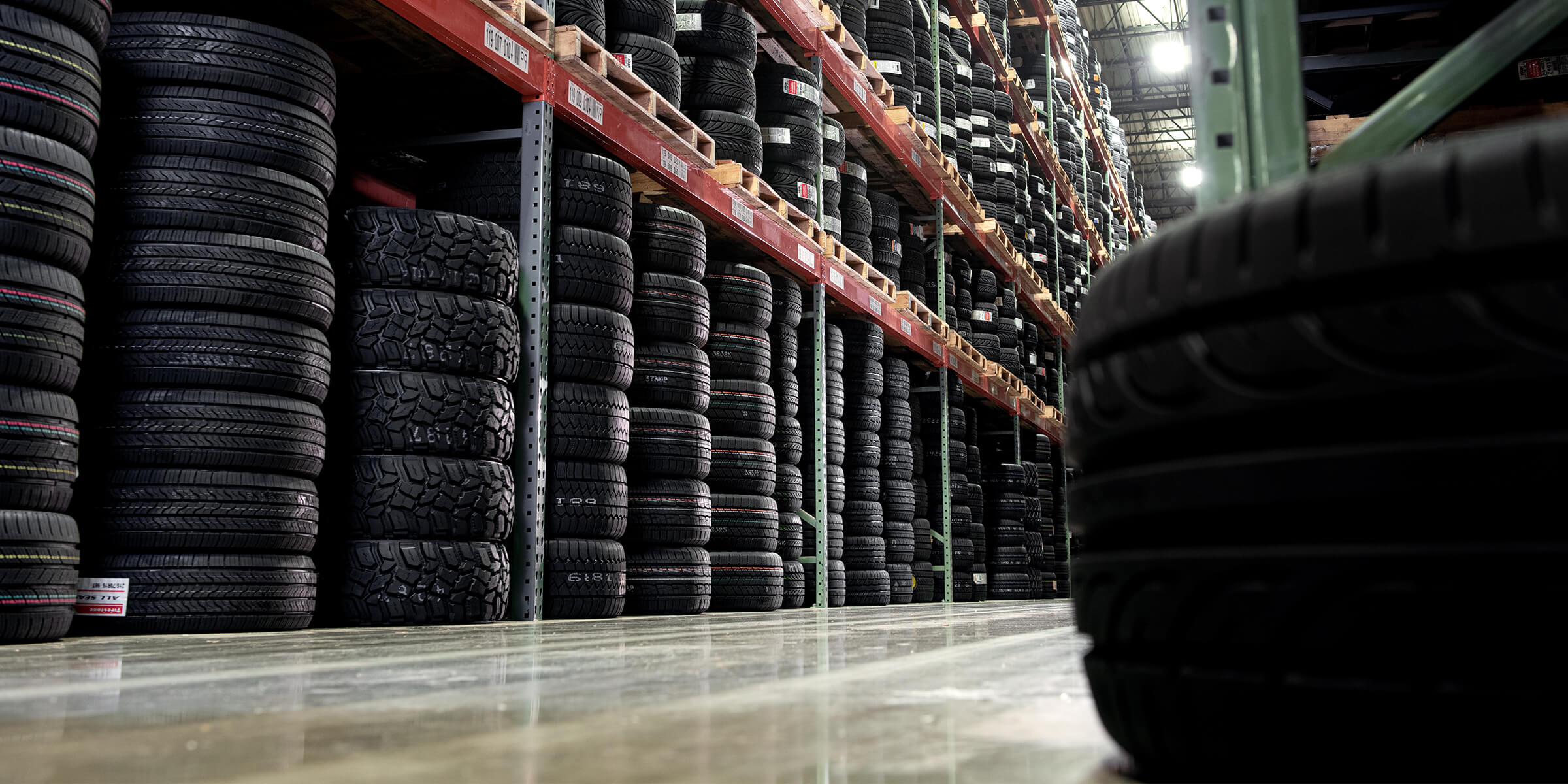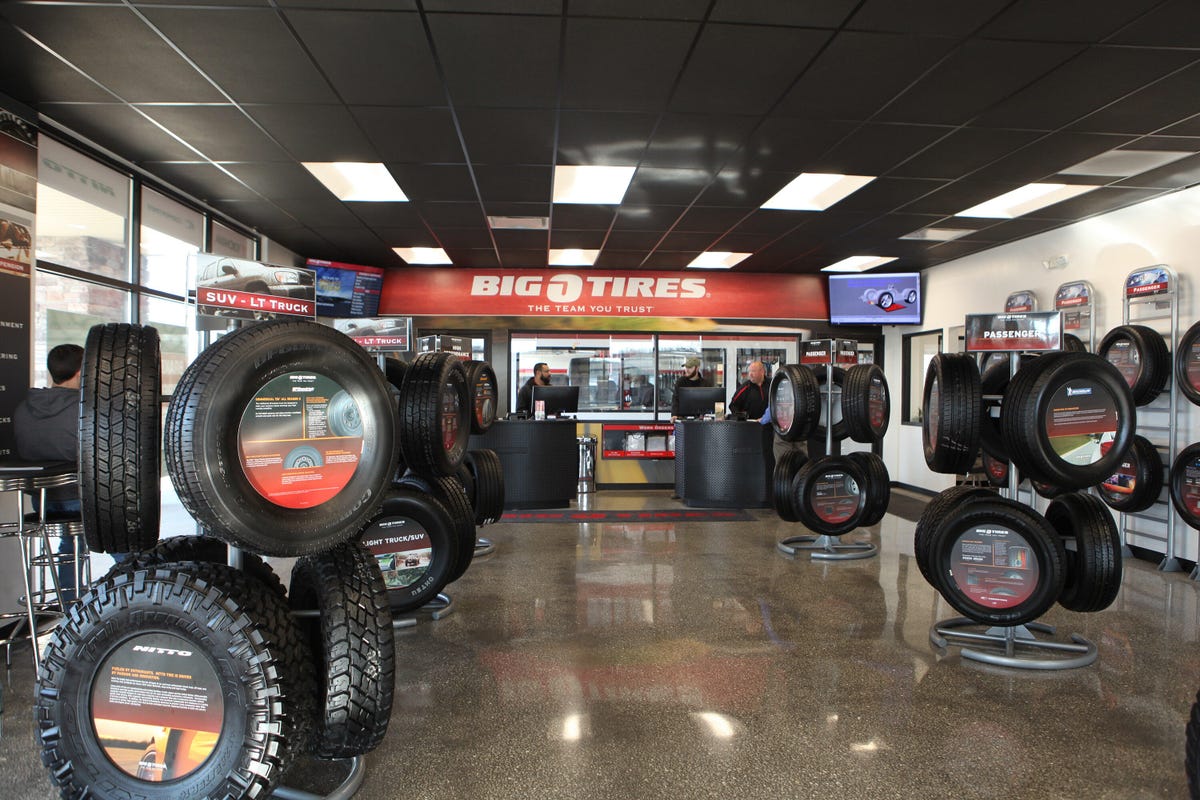High Quality Tire Shop Morris: Your Best Location for Tire Demands
High Quality Tire Shop Morris: Your Best Location for Tire Demands
Blog Article
Tire Solution: Comprehending Tire Stress Tracking Solutions
Understanding Tire Stress Monitoring Solutions (TPMS) is a critical aspect of preserving optimum car efficiency and safety and security on the road. With improvements in automotive innovation, TPMS has actually ended up being a typical function in modern-day vehicles, offering real-time info on tire stress degrees.

Relevance of TPMS
The significance of Tire Pressure Tracking Equipments (TPMS) hinges on their ability to enhance automobile safety and security and efficiency via real-time monitoring of tire pressure levels. Preserving the right tire stress is essential for ensuring optimal handling, braking, and general safety of an automobile. TPMS offers motorists with prompt responses on any kind of underinflated or overinflated tires, permitting timely adjustments to be made.
Components of TPMS
Sensing units are typically located in the tire valve stem or connected to the wheel assembly, where they determine tire pressure and transmit data to the control module. Some advanced TPMS models also display the actual tire pressure analyses for each tire, giving drivers with real-time information to ensure optimal tire efficiency and safety and security. By checking tire stress continually, TPMS aids stop mishaps, minimizes tire wear, and enhances fuel efficiency, making it an essential component for car safety and performance. tire shop morris.
Types of TPMS

On the other hand, indirect TPMS counts on the automobile's wheel speed sensors to monitor tire pressure. This system detects underinflation by comparing the rotational rates of the wheels. Indirect TPMS is less pricey than direct TPMS, as it makes use of existing sensors within the automobile.
While direct TPMS uses more precise analyses, indirect TPMS is simpler in style and typically needs much less maintenance. Both systems have their limitations and benefits, and the choice between them usually depends on aspects such as price, car make, and individual choice. Understanding the distinctions in between these two kinds of TPMS can aid car proprietors make informed decisions regarding tire upkeep and safety.
TPMS Maintenance Tips
Conduct regular checks on the tire pressure degrees and compare them with the TPMS readings to guarantee they are consistent. Throughout tire rotation or replacement, make certain that the TPMS components are taken care of very carefully to prevent any type of prospective redirected here damages. If the TPMS cautioning light brightens on the control panel, attend to the concern quickly by examining the tire pressures and the general system for any faults.
Advantages of Proper Tire Pressure
Keeping appropriate tire pressure, as stressed in TPMS Upkeep Tips, is critical for enjoying the various advantages connected with ideal tire stress degrees. Additionally, correct tire pressure makes sure also tire wear, extending the life expectancy of the tires and promoting more secure driving conditions. In linked here conclusion, the benefits of correct tire pressure go beyond simply tire longevity; they incorporate enhanced gas effectiveness, enhanced security, better automobile performance, and total driving comfort.
Verdict
Finally, understanding tire stress monitoring systems (TPMS) is vital for maintaining optimum tire pressure and making sure vehicle safety and security. By recognizing the value of TPMS, being familiar with its elements, recognizing the different kinds readily available, adhering to appropriate upkeep suggestions, and understanding the benefits of preserving correct tire pressure, drivers can improve their driving experience and lengthen the lifespan of their tires. Appropriate tire stress is vital to safe and effective car procedure.

Report this page